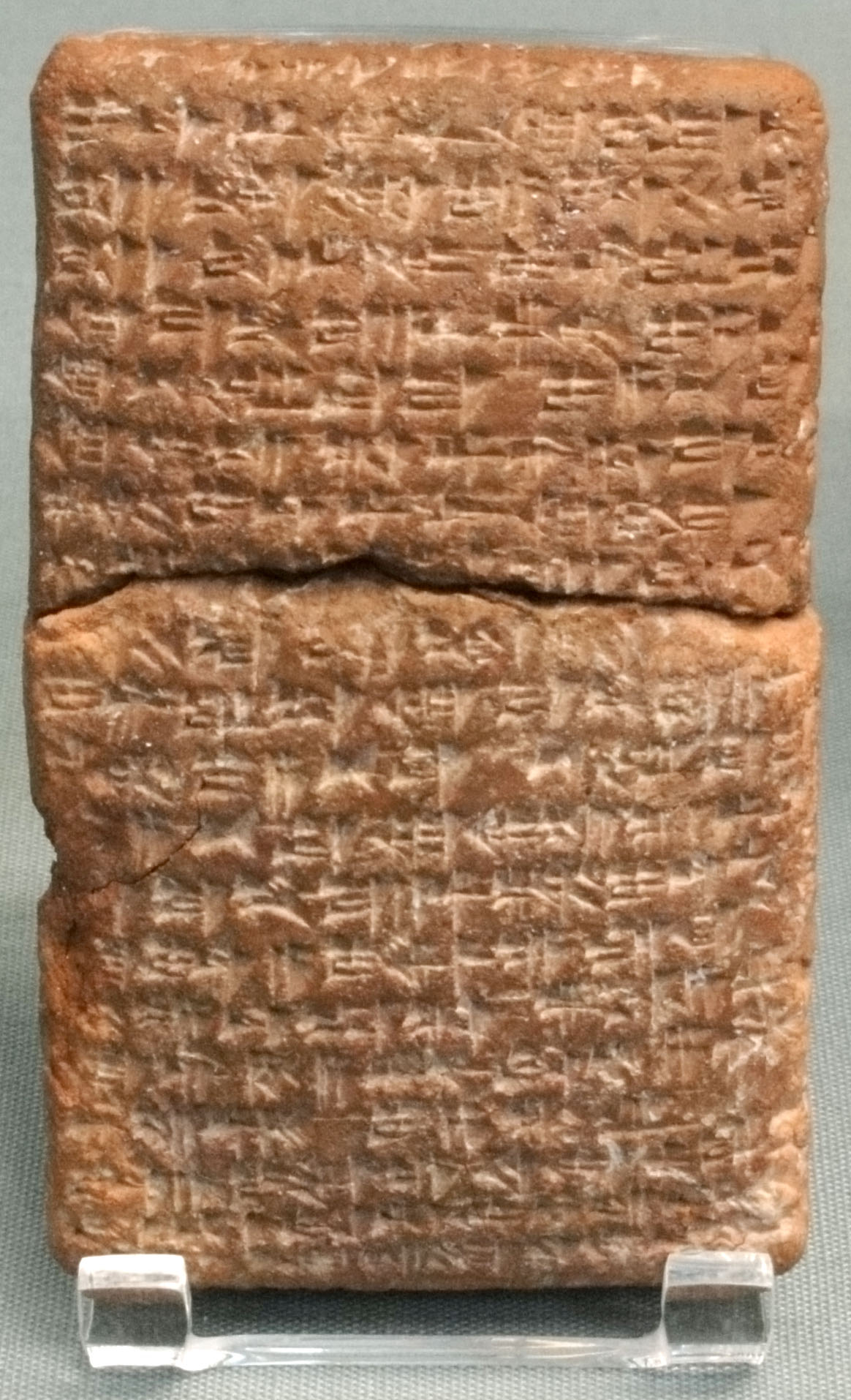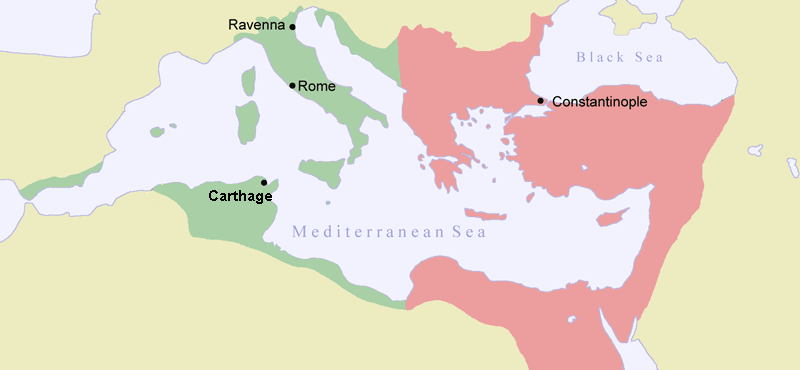|
Asclepiades Of Anazarba
Asclepiades () or Asclepios of Anazarba in Cilicia Cilicia () is a geographical region in southern Anatolia, extending inland from the northeastern coasts of the Mediterranean Sea. Cilicia has a population ranging over six million, concentrated mostly at the Cilician plain (). The region inclu ... was a historian of ancient Greece. He is mentioned by several ancient writers as the author of many works, though today we know specifics about only two of them: one was a work called ''On Rivers'' (περὶ ποταμῶν), and another was about the antiquities of his native city, ''The Land of Anazarba'' (πάτρια Ἀναζάρβου). Of his time, we know only that he lived at some point before the 6th century CE. References {{DEFAULTSORT:Asclepiades Ancient Greek historians known only from secondary sources People from ancient Cilicia ... [...More Info...] [...Related Items...] OR: [Wikipedia] [Google] [Baidu] |
Anazarba
Anazarbus, also known as Justinopolis (, medieval Ain Zarba; modern Anavarza; ), was an ancient Cilician city. Under the late Roman Empire, it was the capital of Cilicia Secunda. Roman emperor Justinian I rebuilt the city in 527 after a strong earthquake hit it. It was destroyed in 1374 by the forces of the Mamluk Empire, after their conquest of Cilician Armenia. Location It was situated in Anatolia in modern Turkey, in the present Çukurova (or classical Aleian plain) about 15 km west of the main stream of the present Ceyhan River (or classical Pyramus river) and near its tributary the Sempas Su. A lofty isolated ridge formed its acropolis. Though some of the masonry in the ruins is certainly pre-Roman, the Suda's identification of it with Cyinda, famous as a treasure city in the wars of Eumenes of Cardia, cannot be accepted in the face of Strabo's express location of Cyinda in western Cilicia. History According to the ''Suda'', the original name of the place wa ... [...More Info...] [...Related Items...] OR: [Wikipedia] [Google] [Baidu] |
Cilicia
Cilicia () is a geographical region in southern Anatolia, extending inland from the northeastern coasts of the Mediterranean Sea. Cilicia has a population ranging over six million, concentrated mostly at the Cilician plain (). The region includes the provinces of Mersin, Adana, Osmaniye and Hatay. Name The name of Cilicia () was derived from (), which was the name used by the Neo-Assyrian Empire to designate the western part of what would become Cilicia. The English spelling is the same as the Latin, as it was transliterated directly from the Greek form Κιλικία. The palatalization of c occurring in Western Europe in later Vulgar Latin () accounts for its modern pronunciation in English. Geography Cilicia extends along the Mediterranean coast east from Pamphylia to the Nur Mountains, which separate it from Syria. North and east of Cilicia stand the rugged Taurus Mountains, which separate it from the high central plateau of Anatolia, and which are pierced by a ... [...More Info...] [...Related Items...] OR: [Wikipedia] [Google] [Baidu] |
Stephanus Of Byzantium
Stephanus or Stephen of Byzantium (; , ''Stéphanos Byzántios''; centuryAD) was a Byzantine grammarian and the author of an important geographical dictionary entitled ''Ethnica'' (). Only meagre fragments of the dictionary survive, but the epitome is extant, compiled by one Hermolaus, not otherwise identified. Life Nothing is known about the life of Stephanus, except that he was a Greek grammarian who was active in Constantinople, and lived after the time of Arcadius and Honorius, and before that of Justinian II. Later writers provide no information about him, but they do note that the work was later reduced to an epitome by a certain Hermolaus, who dedicated his epitome to Justinian; whether the first or second emperor of that name is meant is disputed, but it seems probable that Stephanus flourished in Byzantium in the earlier part of the sixth century AD, under Justinian I. The ''Ethnica'' Stephanos' work, originally written in Greek, takes the form of an alphabetical ... [...More Info...] [...Related Items...] OR: [Wikipedia] [Google] [Baidu] |
Wipf And Stock
Wipf and Stock is a publisher in Eugene, Oregon, publishing works in theology, biblical studies, history and philosophy. History Wipf and Stock was established in 1995 following a joint venture between John Wipf of the Archives Bookshop in Pasadena, California, and Jon Stock of Windows Booksellers in Eugene, Oregon. The company publishes new works and reprints under the imprints Wipf & Stock, Cascade Books, Pickwick Publications, Resource Publications, Slant, and Front Porch Republic Books. Cascade Books is aimed at the general public, whereas Pickwick Publications caters to academics. The publishing focus of Wipf & Stock is broad, with books in biblical studies, theology, ethics, church history, linguistics, history, classics, philosophy, preaching, and church ministry. Publishing model Wipf and Stock has consolidated the publication process so that every aspect of production, from acquisitions and editing, to typesetting, printing, and binding happen in one location. It also ... [...More Info...] [...Related Items...] OR: [Wikipedia] [Google] [Baidu] |
Ancient Greek Historians Known Only From Secondary Sources
Ancient history is a time period from the beginning of writing and recorded human history through late antiquity. The span of recorded history is roughly 5,000 years, beginning with the development of Sumerian cuneiform script. Ancient history covers all continents inhabited by humans in the period 3000 BCAD 500, ending with the expansion of Islam in late antiquity. The three-age system periodises ancient history into the Stone Age, the Bronze Age, and the Iron Age, with recorded history generally considered to begin with the Bronze Age. The start and end of the three ages vary between world regions. In many regions the Bronze Age is generally considered to begin a few centuries prior to 3000 BC, while the end of the Iron Age varies from the early first millennium BC in some regions to the late first millennium AD in others. During the time period of ancient history, the world population was exponentially increasing due to the Neolithic Revolution, which was in full progr ... [...More Info...] [...Related Items...] OR: [Wikipedia] [Google] [Baidu] |



